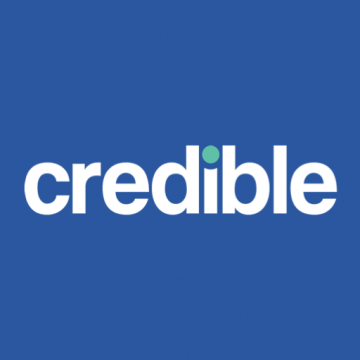
There may be an annual adjustment on your payment rates depending on any changes in your family size or salary.
Loan Forgiveness
Aside from repayment options, you also have a way to get your debt written off. There are new student loan forgiveness laws that cover quite a wide range of workers. Public service employees can qualify for full loan forgiveness after making 10 years of monthly payments on their federal student loans. Compare this to private sector employees must make 20-25 years of monthly payments before they qualify for loan forgiveness. Some of the public service fields that qualify for loan forgiveness are below.
- Government employees (federal, state, local or tribal)
- Military personnel
- Emergency management employees (e.g. FEMA)
- Public safety employees
- Law enforcement personnel
- Public health employees
- Public education staff
- Social workers
- Public lawyers (defence or prosecution)
- Public childcare or social care workers
- Public education employees
There are also options like forbearance and deferment which allow you to delay your payments by a year or more. Deferment has the benefit of no interest accruing during the agreed period. Forbearance, on the other hand, may offer a longer payment-free period but interest will accrue throughout.
Student Loan Refinancing
Refinancing becomes a viable option when none of the above options are available to you, either because you’re earning too much money to qualify for an income based plan, you’re not a public employee and you don’t qualify for forbearance or deferment.
Student Loan refinancing involves reducing your monthly payments, the overall cost of your debt and trying to pay it all off in a shorter amount of time. There are a few lenders who are currently offering student loan refinancing that can save you thousands of dollars in the long term. But before jumping straight in, consider if the following applies to you.
- You want lower interest rates than you got when you took out your student loan.
- You have a great credit score or a co-signer who does. This can get you better interest rates.
- You have a good income. The higher your income compared to the amount you owe means better deals.
Just because you can refinance, it does not necessarily mean you should. When you refinance, the lender assumes your loan, pays it off, and gives you a private loan. Once you take this option, you can no longer take advantage of forbearance, deferment, forgiveness, and income-based repayment options. Thats because your federal loan is now a private one and these guys are out to make a profit at the end of the day.
When refinancing, the primary goal is to get good interest rates, which does help you in the long term. But if you are able to afford it, you should go for the shortest repayment period possible. Like any form of loan (personal loans, mortgages, car loans), the quicker you repay it the less you pay in total.
If you are keen to explore refinancing your loans, try these lenders as a starting point.
Credible
 Credible is an online refinancing marketplace where you can fill out an application and submit it to their website. Within the week, you can expect offers form 8 of their approved lenders. You can compare all of their offers, read the reviews for each lender, and decide which lender you want to use.
Credible is an online refinancing marketplace where you can fill out an application and submit it to their website. Within the week, you can expect offers form 8 of their approved lenders. You can compare all of their offers, read the reviews for each lender, and decide which lender you want to use.
SoFi
SoFi offers fixed rates that start at 3.5% and variable rates from 2.13%. Their minimum loan balance is $10,000, and they do not specify a credit score. They also consider factors such as your employment history, cash flow, and other factors to determine your offer.
Earnest
Earnest offers fixed rates at 3.5% and variable rates at 1.9%, with a $5,000 minimum loan balance. They also do not specify a credit score but look at your credit, as well as income and employment in weighing your offer.
Disclaimer: Our service is not intended to be, nor should it be construed as financial advice. We help our readers make informed decisions via impartial information and guides. Where appropriate, we may introduce partner companies who can provide services relating to financial products.
